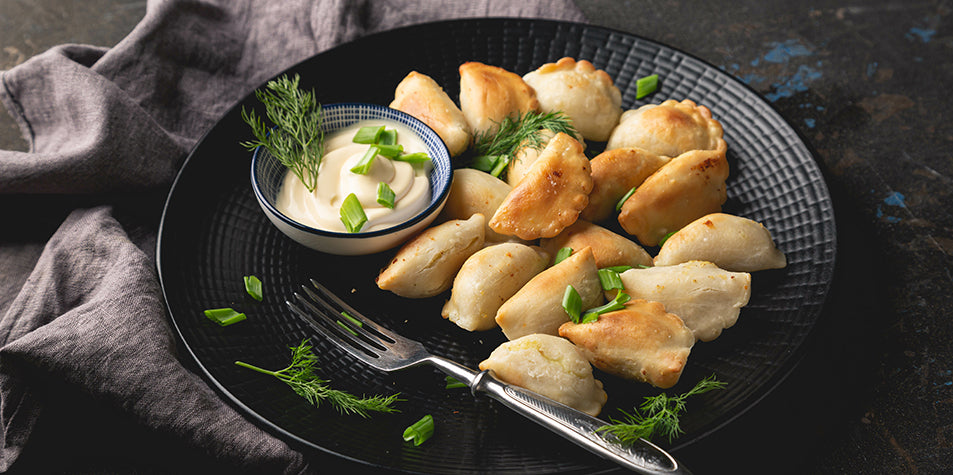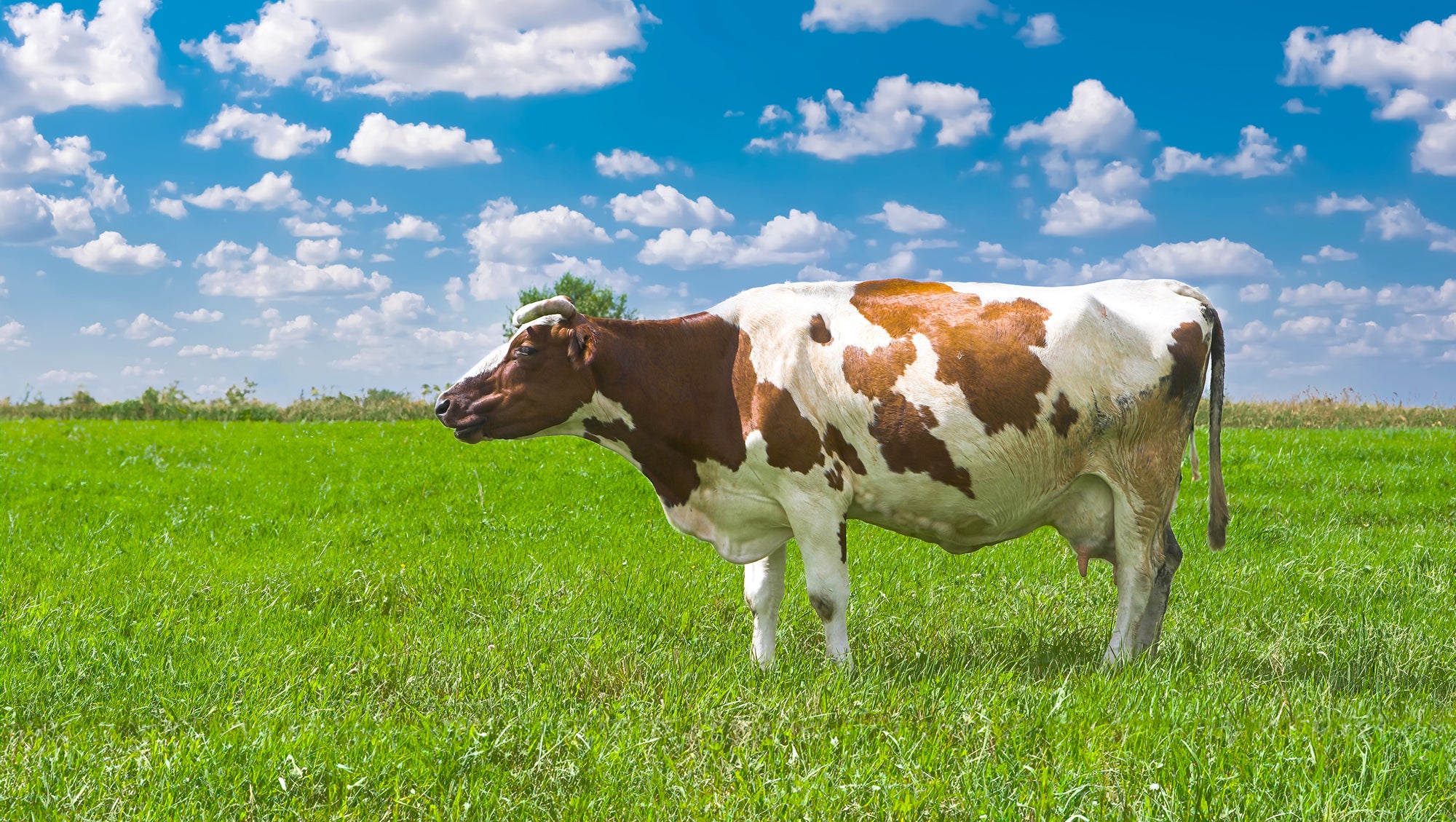“Cheddar spans the regional and class differences in the United States, encompassing everything from traditional made cheese, made by hand and lovingly covered in lard lovingly covered in lard, as it has been for centuries, to Kraft processed singles that are extruded by machines absent the human touch beyond the push of a button. Any cheese that appeals to that many people has a story to tell."

Cheddar cheese is a beloved favorite in the United States. From humble beginnings to its global popularity today, this cheese has captured the hearts (and taste buds) of cheese enthusiasts worldwide. It owes its deliciousness to a combination of high quality milk, expert techniques, and a process called cheddaring. Whether you savor a mild wedge or relish extra sharp crumbles, remember that each slice embodies craftsmanship, time, and the magic of cheddaring. So, raise your glass to cheddar—a beloved culinary companion.
Cheddar is one of the most popular cheeses in the world, especially in the United Kingdom and the United States, where many award-winning cheddars are produced. We are proud offer many of these hard to find cheddars at our Atlanta cheese shop and for sale online.
What is Cheddar Cheese?
Cheddar cheese, born in the picturesque village of Cheddar in Somerset, England, is a natural cheese with a firm texture. Its off-white hue (or vibrant orange, if colorings like annatto are added) hints at its robust flavor. Crafted from cow’s milk, cheddar boasts a delightful sharpness that evolves with age. Unlike some cheeses with protected designations of origin, cheddar is produced globally, adapting to local traditions and tastes.
Why is my cheddar cheese orange or white?
The natural color of cheddar cheese is off-white, similar to the color of milk. However, some cheddar cheeses are dyed with natural or artificial colorings to give them an orange hue. This practice dates back to the 17th century, when some English cheesemakers started adding annatto, a plant extract, to their cheddar to make it look more appealing and consistent. Annatto also gave the cheese a slightly nutty flavor. Today, some cheddar producers still use annatto or other colorings, such as paprika or carrot juice, to create orange cheddar, while others prefer to keep it white.
How is cheddar cheese made?
Cheddar cheese is made from cow’s milk that is pasteurized (or not, depending on the variety) and then heated to about 86°F. A starter culture of bacteria is added to the milk, which converts the lactose (milk sugar) into lactic acid. This lowers the pH of the milk and makes it more acidic. Then, an enzyme called rennet is added, which coagulates the milk and separates it into solid curds and liquid whey. The whey is drained off, and the curds are cut into small pieces and cooked at a higher temperature (about 104°F) to expel more whey and firm up the curds. The curds are then stacked and turned several times to form a large mass of cheese. This process is called cheddaring, and it gives cheddar its characteristic texture and flavor. The cheese is then cut into smaller blocks and salted. The salt helps to preserve and enhance its taste. It is then pressed into molds and aged in a cool and humid environment for at least three months, and up to two years or more, depending on the desired maturity. During the aging process, the cheese develops its distinctive flavor and aroma, as well as a natural rind. Some cheddar cheeses are also coated with wax or cloth to protect them from moisture loss.
How long can cheddar cheese sit out?
Cheddar cheese is a perishable food that should be stored in the refrigerator. However, it can also be left out at room temperature for periods of time, which we recommend allowing your cheese to warm to room temp before serving. This can help to bring out the cheese’s full flavor and texture. However, if the cheese is left out for too long (several hours uncovered), it can become dry, crumbly, and harm its quality and flavor. Therefore, it is advisable to wrap the cheese in professional cheese paper (see our post about how our modern
cheese vaults offer impeccable storage and our video on
storing cheese at home like a pro) and store it in the refrigerator.
How does age affect the flavor of cheddar cheese?
The age of cheddar cheese has a significant impact on its flavor, texture, and appearance. Younger cheddar cheeses, aged for three to six months, are usually mild, creamy, and smooth, with a subtle tangy taste. They are also softer and more moist, and have a pale yellow or white color. Older cheddar cheeses, aged for six months to two years or more, are usually sharp, complex, and nutty, with a more pronounced acidic and savory flavor. They are also harder and drier, and have a darker yellow or orange color. They may also develop crystals of calcium lactate, which give the cheese a crunchy texture and a sweet flavor. What’s the difference between mild and sharp cheddar cheese? The terms mild and sharp are used to describe the intensity of the flavor of cheddar cheese, which is mainly determined by its age:
Mild Cheddar: Aged for 2-4 months, mild cheddar has a softer, creamier texture and a milder flavor due to its higher moisture content. It melts easily, making it a great choice for dishes like grilled cheese sandwiches, quesadillas, nachos, chili, pasta dishes, and potato-based casseroles.
Sharp Cheddar: Aged for 1-2 years or even longer, sharp cheddar has a more pronounced, tangy, and slightly bitter flavor. It has a drier, crumblier texture and lower moisture content, making it harder to melt. It’s often used in sandwiches, served on a cheese board, and as a topping for salads and soups.
Mild cheddar is creamy, soft, and easy to melt, while sharp cheddar packs a punch with its robust flavor and crumbly texture. Both have their place in the cheese world, so choose based on your taste and culinary needs.
What Pairs with Cheddar?
Cheddar cheese is wildly versatile, it can be enjoyed all by itself (as many of us already know), with mild crackers such as
Capella's cheese friendly, spent-grain crackers, variety of meat sandwiches, salads, soups for topping or a base, casseroles, pastas, and so much more. Try our
Perogi and 10 Year Widmer Cheddar Recipe. Learn our
top recommendations for creating a world-class cheese board at home (which includes cheddar!)
Whether you prefer mild or sharp, there is a cheddar cheese that is likely to pair with your recipe at hand.
We are proud to offer a range of cheddar cheeses.
Aging is cheddar’s secret alchemy: young cheddar offers creaminess, while aged crumbles with character. Here are the cheddars we are proud to offer at our cheese shop:





Leave a comment
This site is protected by hCaptcha and the hCaptcha Privacy Policy and Terms of Service apply.